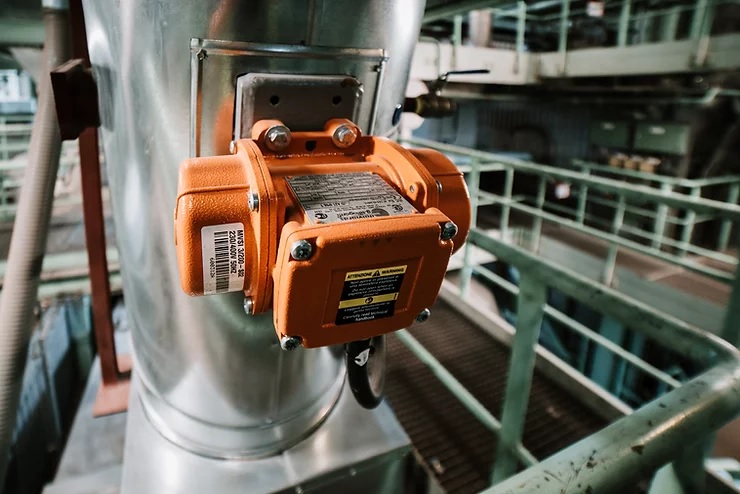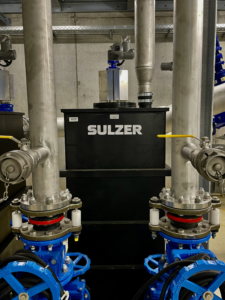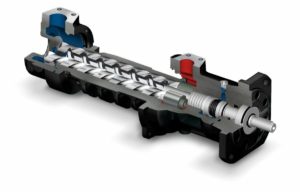Analysis of Mixer Pumps Despite Missing Data in the Beverage Bottling Industry

Quantis Use Case Mixer Pumps. (Image source: Quantis LLC)
The metrics and results generated from the data make it possible to make informed and decisions in the interests of the company, thus increasing confidence in this technology. In terms of maintenance, a lot can be achieved with the provision and availability of data. There is often a lack of ideas on which machine parts it makes sense to read data from. In the case of expensive spare parts that are subject to high levels of wear and tear, the company should aim to obtain data in order to avoid cost-intensive system downtimes and to optimize maintenance intervals. As a rule, corresponding spare parts are serviced or replaced in a maintenance cycle, although this might not have been necessary yet. If the maintenance manager has an eye on all spare parts for which data collection is worthwhile, it is the IIoT's task to find ways to map them with the relevant KPIs. Ideally, one considers which KPIs are necessary for analysis and reads the corresponding data from the machines. In reality, one repeatedly encounters the problem that no or not valid data is available. Without data, no KPIs can be generated, which in turn make it impossible to analyze the spare parts. Applying the use case of mixer pumps, it is shown that an analysis of spare parts is possible despite the lack of data.
Up to now, the pumps in the mixer in the filling plant were overhauled or replaced as part of regular maintenance. The maintenance manager would like to analyze loads that have a wearing effect on the pumps. However, this data for KPI generation, such as speed, current, friction or torque, cannot be supplied by the supplier.
What was done
In order to analyze the pumps individually despite the missing values and detect norm deviations, Quantis used its Pocket Factory IIoT platform to closely monitor the effective operating hours of the pumps. Dashboards are created for each pump, calculating and mapping the operating hours of each state. Weighting is done for idle periods, normal operation, and high load periods. Pumps are subjected to more stress during high flow and frequent startup and shutdown, as well as cleaning media such as acids and alkalis. Here, the weighting of the wear is also higher.
The benchmark with the operating hour durations specified by the manufacturer is stored as the end point. This makes it possible to see whether it is possible and sensible to increase the operating hour duration of the pumps. An algorithm analyzes the data and machine learning makes it possible to calculate a date from which an increased probability of failure is to be expected. In addition, the algorithm learns to analyze certain usage behavior of the pumps, such as weekends, or higher usage in certain months, which in turn influences the service life of the individual pumps. The operating hours weighted in this way are added up and clearly displayed in a dashboard. A notification is sent by the system before the calculated wear date is reached.
Results
Data collection takes at least one month. The algorithm displays the calculated wear dates for all existing pumps. The usage behavior of the pumps is recognized by the algorithm in a self-learning manner. A notification by wear of the pumps did not take place yet, because they are within the maintenance cycle. Each pump within a production plant is exposed to different loads and therefore wears out at different rates. This is reflected by different wear data in the dashboard.
Conclusion
The use case shows that even with missing data, an analysis of spare parts is possible. Through precise knowledge of the processes in production, such challenges can be mastered, thus raising efficiency in the maintenance area to a new level.
Source: Quantis LLC







